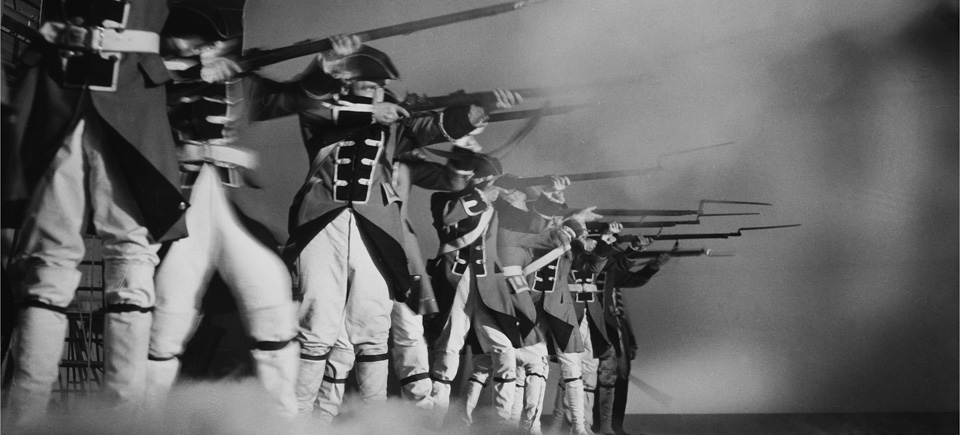
Between fact and fiction: the NFB’s 1950s Perspective TV series
Between fact and fiction: the NFB’s 1950s Perspective TV series
In the spring of 1955, NFB producers were faced with a dilemma. The CBC had cancelled its popular NFB-made television series, On the Spot, and was asking for a replacement. The show had run for two years, initially in 15-minute episodes and then in extended 30-minute versions. NFB producers were unhappy with the program’s “news report” format, feeling that it limited what could be shown. The budgets were also very small and most episodes were shot with a minimal crew of three people. (You can read more about On the Spot in my in-depth blog post about the series, here.)
After a great deal of discussion, it was decided that the new program, which would replace On the Spot in the same time slot, would make use of fiction as well as documentary in order to best construct a Canadian view of Canada. The budgets for the new show were also increased in the hope of producing a more polished product.
Blending documentary and fiction to tell a story for television
Fred Davis, who had hosted the lion’s share of the On the Spot reports, also worked on the new series, which was christened Perspective. This is where the similarities ended. Instead of having Davis stand in front of the camera with a microphone in hand reporting on the show’s topic, the filmmakers shot the episodes as straight documentaries and had Davis interact with his subjects. In some cases, this method was abandoned and a fictionalized version of events was presented, with actors portraying the subjects.
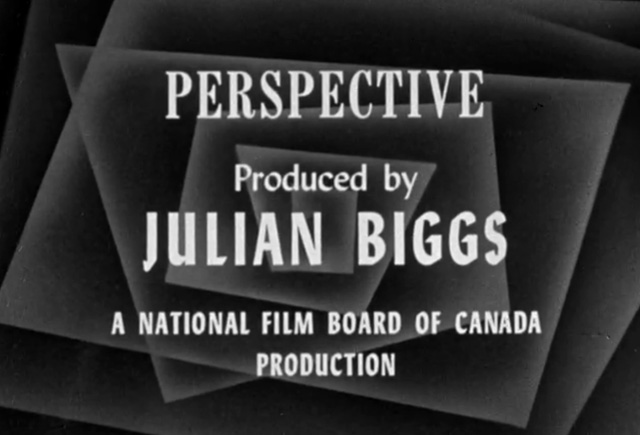
The first film in the series, Raw Material, was about reforming prisoners, and it blended documentary and fiction. Fred Davis does his “documentary” part, interviewing a case worker in the John Howard Society who in reality is actor William Needles. The rest of the film is scripted, with actors playing the different roles (including a very young Kate Reid as the prisoner’s wife). It was first broadcast on December 4, 1955.
Borderline also aired during the first season. It concerns a young woman of 15 dealing with the stresses of being a teenager, much to the consternation of her parents. The entire thing is fiction but was produced in cooperation with Warrendale, a remedial centre for adolescent girls. Twenty-first-century audiences will find the film to be very hokey, but it was loved by critics when it was broadcast on May 20, 1956.
Borderline, Fergus McDonell, provided by the National Film Board of Canada
Fred Davis also hosted Sable Island, a documentary entry that was aired in the second season of the series. In it, he visits the famous island known as the “Atlantic Graveyard,” which is located off the coast of Nova Scotia and uninhabited save for a few research scientists and wild horses. The episode features poetic narration and shows true respect for this untouched wilderness.
Sable Island, Allan Wargon, provided by the National Film Board of Canada
Profile of a Problem Drinker does not condescend or offer easy solutions. Although it was produced in 1957, it is still effective today. The problems the protagonists face are presented in an honest way with a great deal of compassion. Just how many films of the era did so? Kudos to the actors (all unknown to me) for pulling this off.
Profile of a Problem Drinker, Stanley Jackson, provided by the National Film Board of Canada
One of the episodes I enjoyed the most is Wolfe and Montcalm, which attempts to recreate the events leading up to and including the Battle of the Plains of Abraham. Shot entirely on the NFB’s shooting stage, it still manages to convey the tension of the battle preparations on both sides. Using a strong cast of French and English actors to tell the story, the film makes up for its lack of locations with a solid script and great performances. William Needles also appears in this episode as General James Wolfe. You will find the battle sequences a little sparse, as there just aren’t enough soldiers to make it epic, but the spirit is there, which is what counts.
Wolfe and Montcalm , Allan Wargon, provided by the National Film Board of Canada
The success of Perspective: larger budgets, freedom to experiment
Many of the episodes were versioned into French as part of the parallel Passe-Partout series, which also produced original content. In all, a total of 26 episodes were broadcast in Perspective’s first season, 39 in its second and a final 26 in 1957–1958. The series changed time slots often but was mostly shown on Sunday afternoons, on the entire CBC TV network. Other strong episodes include Crossroads (about a biracial couple), Double Verdict (on suicide), Fires of Envy (adapted from a W.O. Mitchell story) and Pierrot in Montreal (a modern retelling of the story of Columbine, Harlequin and Pierrot).
Perspective was a major improvement on its predecessor, On the Spot. NFB filmmakers had bigger budgets and more freedom to experiment, which led to some terrific results. The show was cancelled after three seasons and replaced by the seminal Direct Cinema series Candid Eye.
Watching these films 50-plus years later, I am struck by how well written the scripts are. The characters are all carefully fleshed out and the acting is, for the most part, excellent. The fun is in identifying the various Canadian greats who appeared in the series, when they were still in the early stages of their careers (the superb John Vernon is the protagonist in Fires of Envy). The documentary episodes are just as good, telling an interesting story with little fanfare in a compact 30 minutes. Perspective proved that the NFB could produce a quality product for television, one that would continue to fulfil the NFB’s mandate of showing Canada to Canadians.
Enjoy the films.
(The following Perspective episodes are also available to view on NFB.ca : Arrival, Back Into the Sun, The Barrier, Birth of a Giant, The Cage, Canadians Abroad, Capital City, Chair of Gold, The Deserter, Escape, Fighter Wing, First Novel, Go to Blazes, Haiti, The Happy Fugitive, The Hoax, Howard, In This Dark World, Island Romance, Islands of the Frozen Sea, Joe and Roxy, The Legendary Judge, Log Drive, Man of America, Neptune Mission, Night Children, Our Northern Citizen, Railroad Town, Saskatchewan Traveller, School for the Stage, Strike in Town, The Suspects, The Ticket, Train 406 and Western Brigade.)
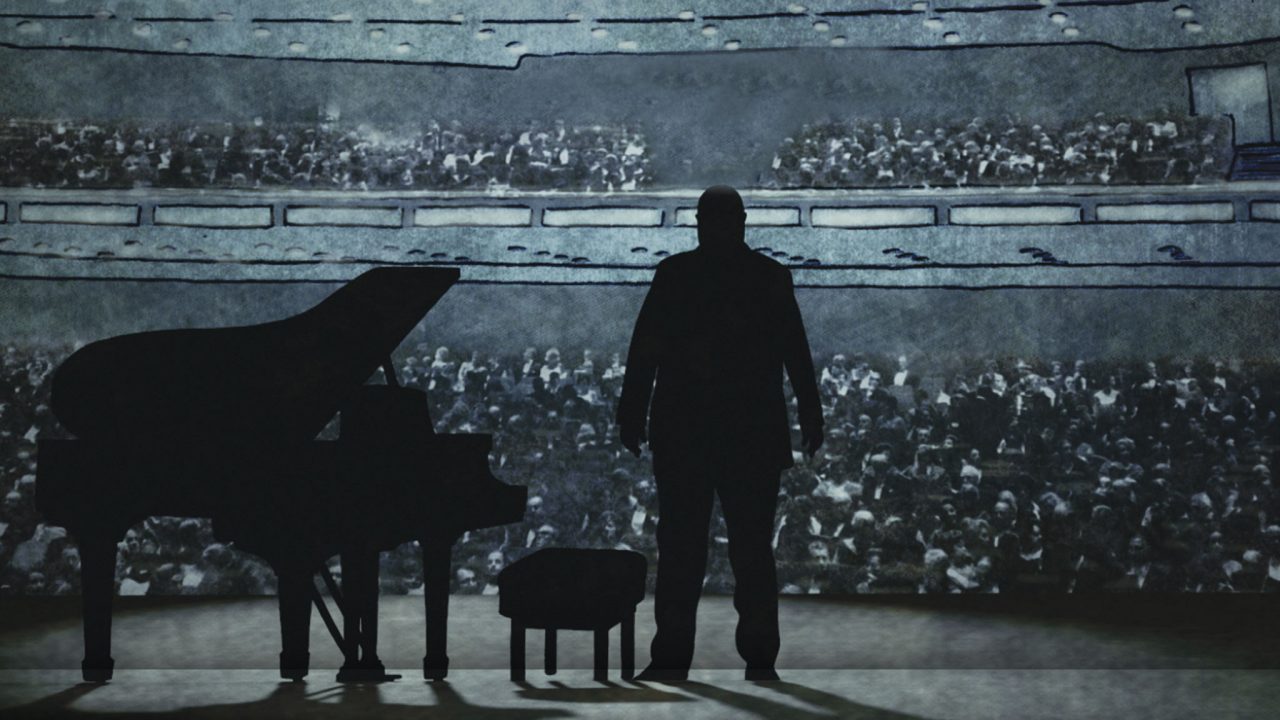
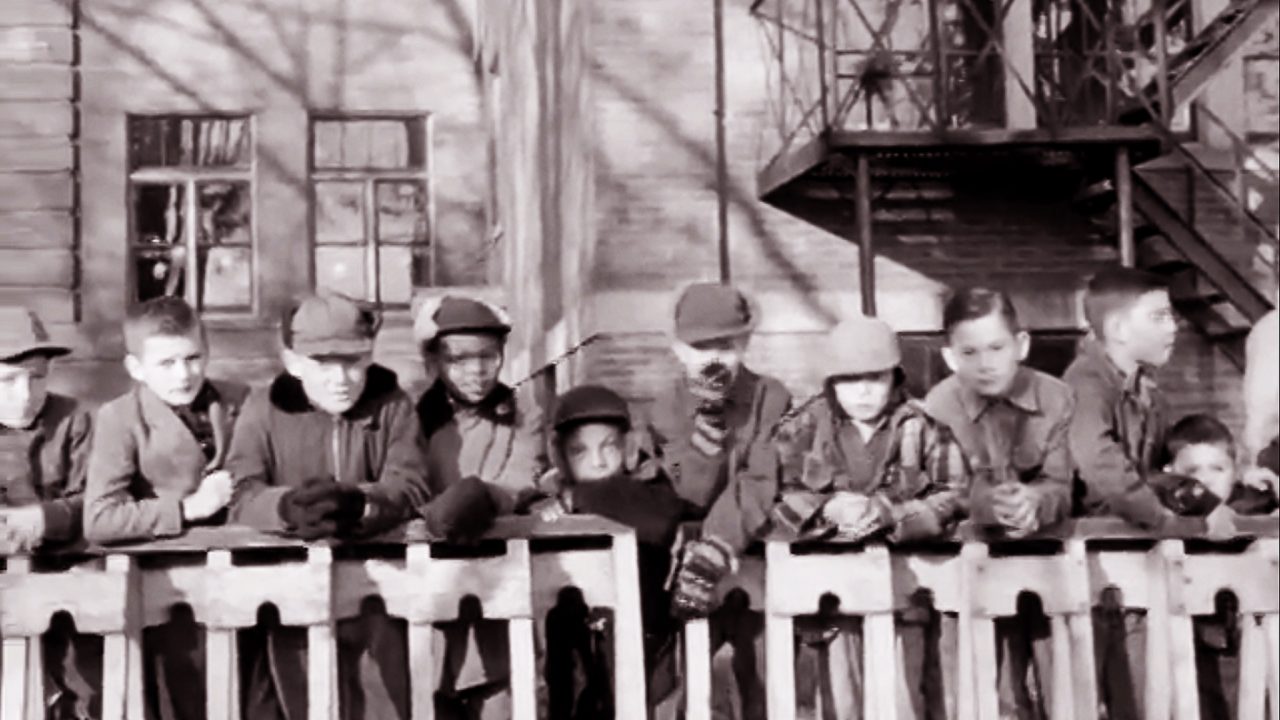
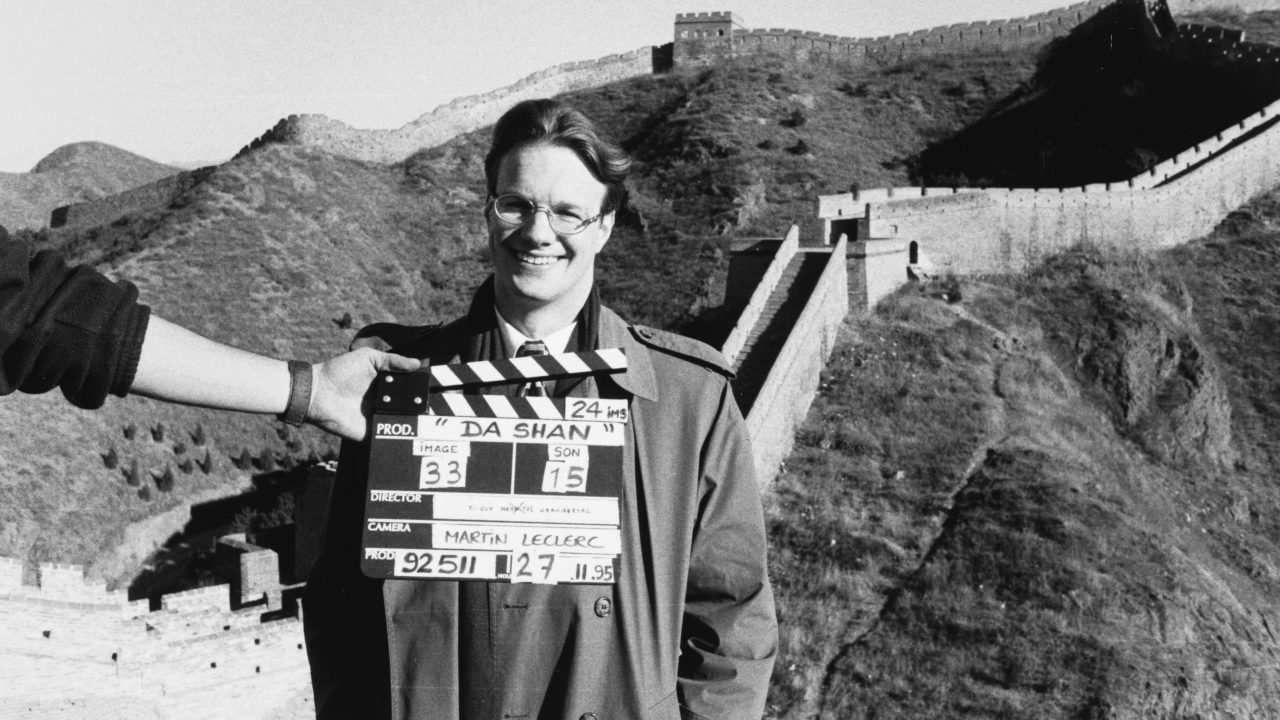
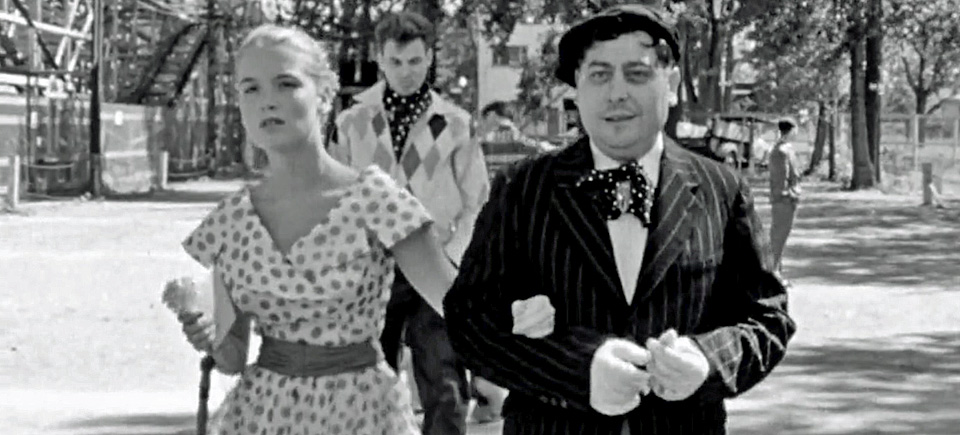
Thanks for the information on this series. I’m in the US but ran across this on my streaming box. I really like the way this was done and it’s very informative. I was curious as to how many seasons and episodes there were. Thanks for all the info here.
Hello Colin,
As stated in my post, there were 26 episodes in the first season, 39 in the 2nd and 26 in the 3rd. You can get a full list of titles from this series here: http://onf-nfb.gc.ca/en/our-collection/series/?ids=170957&nom=Perspective
Please note that only a fraction of these titles are available online at this time.
best
Albert Ohayon, English collection Curator